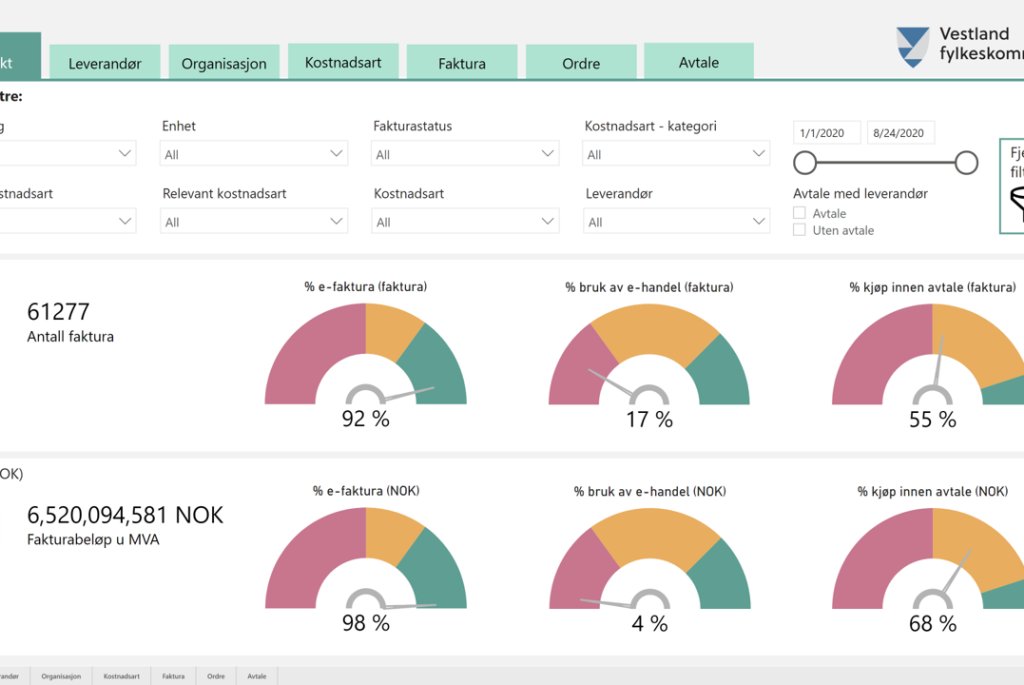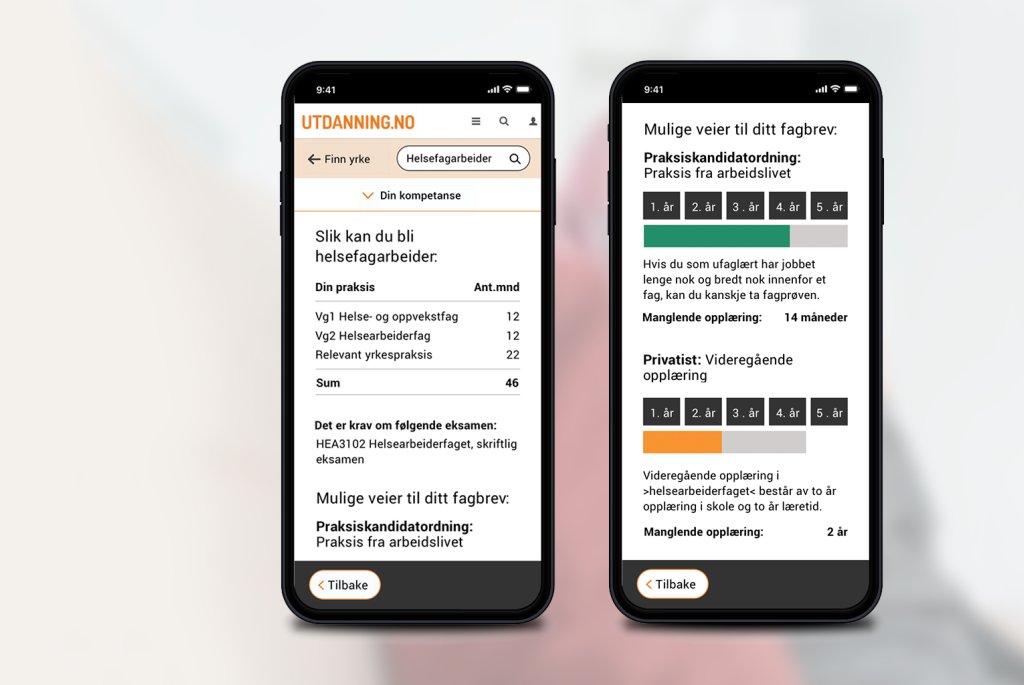How to choose the right technology?
The need to analyze how the “digital transformation” will impact business models is uncontroversial. But it is easier to focus on low hanging fruit than to investigate effects on market and competition, and consequences for individual business goals.

This is part two in a series of articles about data driven organization.
First article - How to operate a data-driven organization
Digitalization begins and ends with data
On a rudimentary level, any data-driven organization needs to be aware of the possibilities implicit in their data and direct their strategy and business goals towards data-fueled value creation. A clear vision and a motivating goal model are necessary to ensure the requisite technology choice. Digitalization begins and ends with data. However, data has always a cost and not always a value. The value is created by putting the data to work with the help of processes and technology, to archive business goals.
.png)
As a basis for value creation through data, the right technology needs to be in place. On the crossroads between data and technology, this means identifying and distributing a solution /technology, that focuses on value creation by considering context, tailoring to needs, and simplifying. There is a vast jungle of different solution options that can provide value to a data-driven organization. From Big Data clusters, to custom-made data warehouses and even simple data storage options. The challenge is not to find a solution, but to find the right solution for your needs. What fits for a multinational data mining company, will most certainly not fit for a small municipality. But for both extremes adaptability and scalability are key.
Building blocks
A lot of organizations believe in the promise of the cloud, lower cost, more effective operations, and opportunities for new revenue. The challenge at this stage is, that IT function has to provide at the same time a stable and effective operation and make the necessary preparations to migrate to the cloud and to provide data to the business. From a data and technology perspective three important building blocks every organization should have in place, a cloud architecture, an application migration strategy and an approach for a Data platform.
.png)
Cloud architecture
Organizations need to decide on a cloud architecture. The have to learn how to deal with hybrid, private, public and/or multi-cloud solutions and how to orchestrate them in the best way [1]. Not all digital operations shall/can be performed in the cloud. Some require a processing close to the source, often referred as Edge Computing, at the edge of the network. Typical edges are Sensors or other devices with limited compute capacity. But for some organization it will be necessary to maintain a micro datacenter, that is located outside the cloud (compute edge). It is crucial that these compute edges are integrated in the overall cloud architecture.
Data platform
The cloud architecture presents the backbone of the digital enterprise, the data platform is the heart that allows data located in different database to be governed, accessed, enriched and delivered to end-users. It bridges organizational silos and provides the basis for a more efficient decision-making process.
Migration strategy
A strategy or a clear process when and how these migrations shall be performed are often missing. Amazon has developed the 6r, an approach for how to migrate to the cloud, inculding rehosting, replatforming, repurchasing, refactoring, retire and retain. [2].
Does IT matter?
In the article “IT Doesn’t Matter” from 2003 [3] Nicholas Carr argues that information technology (IT) provides only a limited competitive advantage to organizations.
So, technology matters, but it is not the only enabler for a data-driven organization. Boston Consulting Group is using the term “Bionic Company”, an organization where technology and people are combined as equal enablers to organize towards maximum advantage of the new technologies. [4] BCGs research shows that only 10% of the Data & AI challenge is about the algorithm, and only 20% about the technology. The remaining 70% are about the “New Ways of Working” including cultural and organization change.
Source
[1] Tytus Kurek - Hybrid cloud vs multi-cloud: what is the difference? (https://ubuntu.com/blog/hybrid-cloud-and-multi-cloud)
[2] Steve Chambers - A Practical Guide to Understanding the 6Rs for Migration to AWS (https://cloudsoft.io/a-practical-guide-to-understanding-the-6rs-for-migration-to-aws/)
[3] Nicholas Carr – IT doesn’t matter (2003)





